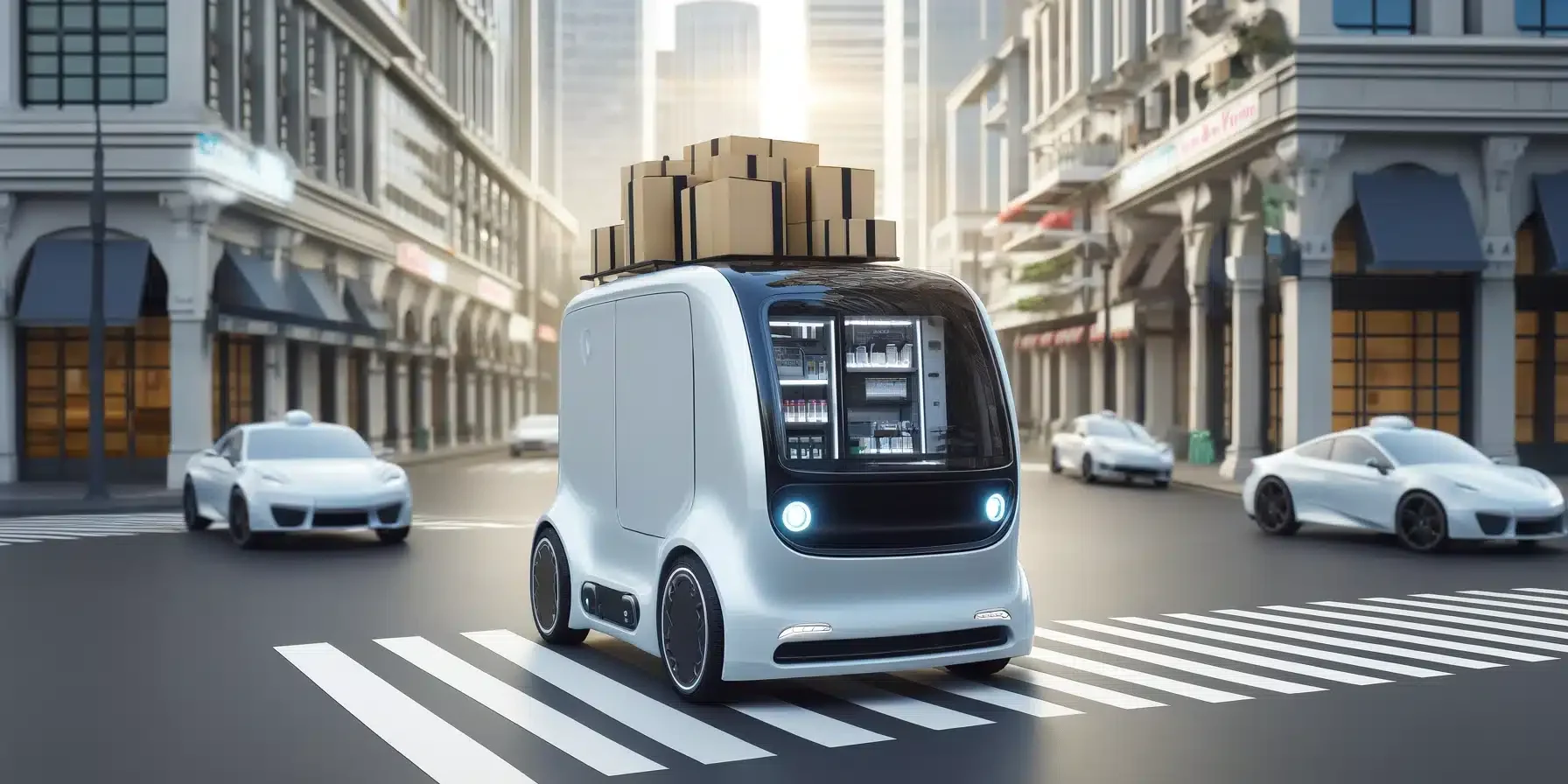Autonomous delivery vehicles are set to revolutionize the logistics industry by improving efficiency and reducing costs. This article explores the future of autonomous delivery vehicles, including current technologies, regulatory challenges, and the potential benefits for businesses and consumers.
One of the primary advantages of autonomous delivery vehicles is their ability to operate continuously without the need for breaks, leading to increased productivity and faster delivery times. Autonomous vehicles can navigate through traffic, plan optimal routes, and make real-time adjustments based on road conditions and delivery schedules. This level of efficiency is particularly beneficial for last-mile delivery, which is often the most time-consuming and costly part of the logistics process.
Several companies are already testing and deploying autonomous delivery vehicles. For example, Nuro, a robotics company, has developed a small, self-driving delivery vehicle designed for transporting goods such as groceries and parcels. These vehicles are equipped with advanced sensors, cameras, and AI algorithms that enable them to navigate safely and efficiently in urban environments. Amazon is also exploring the use of autonomous delivery robots and drones to enhance its logistics network and provide faster delivery options for customers.
The integration of autonomous delivery vehicles into the logistics industry offers several potential benefits. For businesses, these vehicles can reduce labor costs and increase operational efficiency. Autonomous vehicles can operate around the clock, providing continuous service without the need for driver shifts. This can lead to significant cost savings and enable businesses to meet growing demand for fast and reliable delivery services.
For consumers, autonomous delivery vehicles offer the convenience of on-demand delivery with minimal human interaction. This is particularly relevant in the context of the COVID-19 pandemic, where contactless delivery has become a priority for many consumers. Autonomous delivery vehicles can ensure that goods are delivered safely and efficiently, reducing the risk of exposure to the virus.
Despite the promising potential, there are several challenges to the widespread adoption of autonomous delivery vehicles. One of the primary challenges is the regulatory framework for autonomous vehicles. Governments and regulatory bodies need to establish clear guidelines and standards for the testing, certification, and deployment of autonomous delivery vehicles. This includes addressing issues related to safety, liability, and data privacy. A coordinated approach involving industry stakeholders, regulators, and policymakers is essential to create a supportive environment for the growth of autonomous delivery technology.
Another challenge is ensuring the safety and reliability of autonomous delivery vehicles in all operating conditions. These vehicles must be able to navigate complex and dynamic environments, including crowded urban streets, adverse weather conditions, and unpredictable human behavior. Ensuring that autonomous delivery vehicles can operate safely and effectively in all scenarios is crucial for gaining public trust and regulatory approval.
The integration of autonomous delivery vehicles with existing logistics networks is also a key consideration. Businesses need to adapt their operations to accommodate autonomous vehicles, including modifying warehouses and distribution centers to support automated loading and unloading. Additionally, the successful deployment of autonomous delivery vehicles requires robust communication and coordination between vehicles, infrastructure, and logistics management systems.
In conclusion, autonomous delivery vehicles have the potential to transform the logistics industry by improving efficiency, reducing costs, and providing convenient delivery options for consumers. While there are challenges to overcome, the advancements in technology and the growing demand for fast and reliable delivery services make this an exciting and promising area of innovation. As technology continues to evolve and regulatory frameworks are established, autonomous delivery vehicles will likely play a significant role in shaping the future of logistics.







